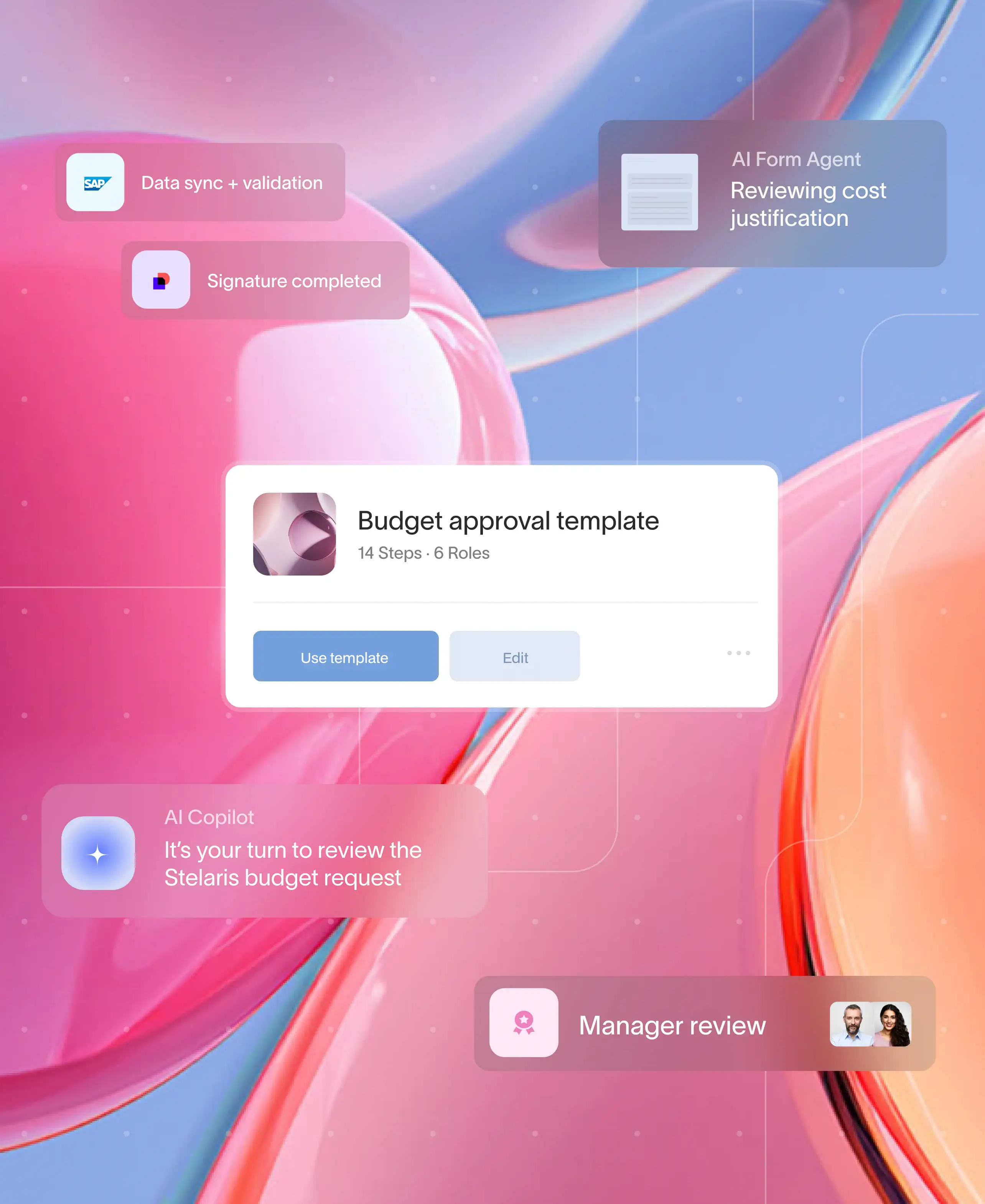
Churn is often regarded as a silent growth killer in B2B. Whether you're a startup founder or a seasoned entrepreneur, understanding and managing churn is crucial for sustained success.
Churn analysis allows businesses to identify patterns and trends that might otherwise go unnoticed. Is there a particular feature that's causing customers to leave? Or perhaps a specific pricing model that's not resonating with your audience? By digging into churn data, you can uncover hidden issues and address them proactively.
In simpler terms, knowing your churn rates is like having a compass in the unpredictable terrain of business. It guides your decisions, informs your strategies, and helps you steer your company toward success. This blog post aims to demystify the concepts of revenue churn vs customer churn and why they matter. By the end of this read, you'll grasp the differences between these and learn how to leverage them for your business's advantage.
What is customer churn
Customer churn, often referred to as attrition, is the percentage of customers who stop using your product or service within a given timeframe. It's one of the most commonly tracked metrics in the B2B industry because it directly reflects customer satisfaction and loyalty. A high customer churn rate suggests that your product/service might not be meeting the needs or expectations of your users.
Calculating customer churn is relatively straightforward:
- Take the number of customers lost during a specific period.
- Divide by the total number of customers at the start of that period.
- Multiply the result by 100 to get a percentage.
For example, consider a subscription-based streaming service. If the service has 1,000 subscribers at the beginning of the month and 50 of them cancel their subscriptions by the end of the month, the customer churn for that month would be calculated as follows:
- Customer churn rate = (Number of customers lost / Total number of customers at start) x 100
- Here, the customer churn rate would be (50 / 1,000) x 100 = 5%
Understanding customer churn is vital for several reasons. It helps businesses identify potential issues with their products or services, allowing them to improve customer satisfaction and loyalty. Additionally, minimizing churn leads to better financial performance, as retaining existing customers is typically less costly than acquiring new ones. Reducing churn can also enhance customer lifetime value, making it a key focus for growth-oriented companies.
What is revenue churn
Revenue churn refers to the loss of revenue from existing customers over a specific period, often due to cancellations, downgrades, or non-renewals. Unlike customer churn, which focuses on the number of customers lost, revenue churn considers the financial impact of those losses. It's particularly useful for businesses with tiered pricing models, where losing a high-paying customer can have a more significant impact than losing several low-paying ones.
Calculate revenue churn by following these steps:
- Subtract revenue from upsells and expansions from revenue lost due to downgrades and cancellations.
- Divide the resulting number by the total revenue at the start of the period.
- Multiply by 100 to get a percentage.
For example, if a company has $100,000 in recurring revenue at the start of the month and loses $5,000 due to customer cancellations by the end of the month, the revenue churn can be calculated as follows:
- Revenue churn rate = (Revenue Lost / Total recurring revenue at start) x 100
- Here, the revenue churn rate would be ($5,000 / $100,000) x 100 = 5%
Understanding revenue churn is crucial for businesses because it directly impacts overall revenue growth and customer retention strategies. It highlights how much money you're losing and helps pinpoint areas for improvement. High churn rates can indicate underlying issues with customer satisfaction or product fit, prompting companies to make necessary adjustments to improve their offerings and maintain a stable revenue stream. By analyzing revenue churn, businesses can identify opportunities to increase customer lifetime value through cross-selling, upselling, and enhancing customer relationships.
Customer churn v/s revenue churn
Understanding the nuances between customer churn and revenue churn is essential for any business seeking to enhance its retention strategies and overall performance. While both metrics offer valuable insights, they examine different facets of your organization. Customer churn refers to the number of lost customers, whereas revenue churn indicates the amount of revenue that has been forfeited.
- For example, a software-as-a-service (SaaS) company may find that its highest-paying clients are churning at an alarming rate. By delving into feedback from these customers, the company could uncover dissatisfaction with specific features or a feeling of being undervalued.
- This knowledge equips the company to refine its offerings or bolster customer support aimed at these clients, thereby mitigating revenue churn.
Analyzing customer churn enables businesses to pinpoint issues related to customer satisfaction or product alignment. A notable increase in customer churn may suggest that the service is failing to meet consumer expectations. On the other hand, revenue churn can reveal the consequences of clients downgrading their plans or switching to competitors with more attractive pricing or offers.
- Take, for instance, a subscription-based software company that enjoys a low customer churn rate, indicating that most users remain loyal. However, if revenue churn is high, it signals that while customers are not leaving, they are opting for less expensive plans, which can adversely affect revenue.
- By closely examining both metrics, the company can formulate strategies that not only retain customers but also ensure they are on the most profitable plans. This dual approach fosters sustainable growth and drives long-term success.
In conclusion, while customer churn provides insight into overall customer satisfaction and loyalty, revenue churn underscores the financial ramifications of losing specific clients. By analyzing both customer and revenue churn in tandem, businesses can devise comprehensive retention strategies that address customer needs and protect revenue streams. This holistic approach empowers companies to create targeted marketing campaigns, implement customer feedback mechanisms, and enhance product offerings, ultimately improving retention rates across both dimensions. Such practices lead to more informed decision-making, wiser resource allocation, and stronger customer relationships.
How Moxo helps reduce churn
Reducing churn is a top priority for any business, and Moxo offers a robust solution to address this challenge. Moxo's platform is designed to streamline customer interactions with a client portal, enhance engagement, and provide valuable insights into customer behavior. With features like automated workflows, real-time analytics, and personalized communication channels, Moxo empowers businesses to proactively address customer needs and concerns.
One of Moxo's standout features is its ability to track customer interactions across various touchpoints. By analyzing this data, businesses can identify potential churn risks and intervene before it's too late. Additionally, Moxo's platform enables businesses to offer tailored solutions to individual customers, thereby increasing retention and reducing churn. By leveraging Moxo's capabilities, businesses can not only reduce churn but also enhance customer satisfaction and drive long-term growth.
Start transforming your customer retention strategy with Moxo – get started today!
Conclusion
Churn is a critical metric for B2B businesses, and understanding the nuances of customer churn vs revenue churn can provide valuable insights into your company's performance. By analyzing both types of churn, businesses can develop targeted strategies to improve customer retention, increase revenue, and enhance overall business success.
For businesses looking to reduce churn, Moxo offers a comprehensive solution that empowers organizations to proactively address customer needs and optimize their operations. By leveraging Moxo's advanced analytics and personalized communication tools, businesses can build stronger customer relationships, reduce churn, and drive sustainable growth.
Discover how Moxo can transform your customer retention strategy—get started today!
FAQs
What is the difference between customer churn and revenue churn?
Customer churn measures the number of customers lost within a specific period, while revenue churn focuses on the financial impact of those losses. Both metrics provide valuable insights into a business's performance and should be analyzed together for a comprehensive understanding of churn.
How can SaaS businesses reduce churn?
SaaS businesses can reduce churn by focusing on improving customer experience, offering personalized solutions, and leveraging advanced analytics to identify potential churn risks. Implementing a comprehensive retention strategy, like Moxo's platform, can help businesses proactively address customer needs and enhance engagement.
Why is it important to analyze churn?
Analyzing churn is crucial for understanding customer satisfaction, identifying areas for improvement, and optimizing business operations. By keeping churn in check, businesses can ensure steady growth, improve customer relationships, and drive long-term success.





